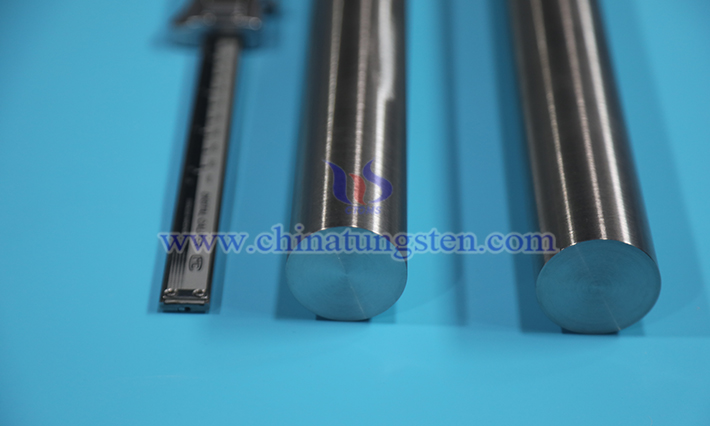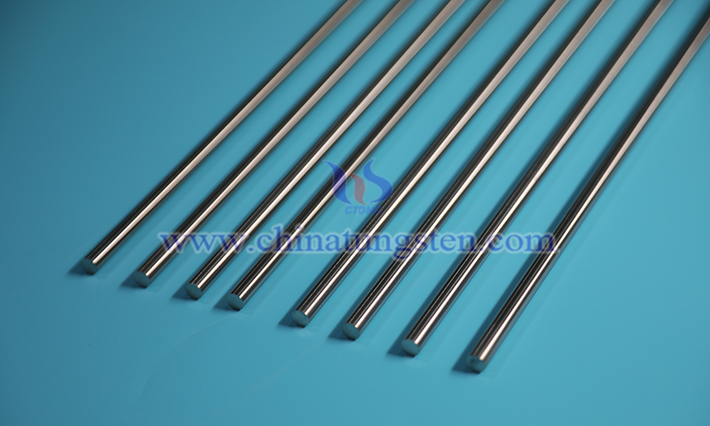Sources of Impurity Elements in Tungsten-Nickel-Iron Alloy
- Details
- Category: Tungsten Information
- Published on Monday, 07 July 2025 16:21
The impurity elements in tungsten-nickel-iron alloy (W-Ni-Fe) originate from complex sources, primarily involving raw materials, production processes, and environmental media.

I. Impurities Introduced by Raw Materials
Impurities in Tungsten Raw Materials: As the matrix material (90%–98%), tungsten powder often contains oxygen (O), carbon (C), nitrogen (N), silicon (Si), aluminum (Al), and calcium (Ca). Elements like arsenic (As), tin (Sn), and antimony (Sb), naturally associated with primary tungsten ores, may persist in the alloy through smelting residues.
Impurities in Nickel-Iron Binder Phase: The nickel-iron alloy (Ni-Fe), serving as the binder phase (2%–10%), may carry chromium (Cr), sulfur (S), and phosphorus (P) impurities. In recycled steel scrap used as raw material, residual copper (Cu) and zinc (Zn) levels can be notably high.
II. Impurities Introduced by Production Processes
Contamination During Powder Metallurgy: During gas atomization or mechanical alloying, impure protective atmospheres containing H₂O or O₂ can lead to the adsorption of oxygen and hydrogen on powder surfaces. Wear from grinding media, such as steel balls, may introduce iron and cobalt impurities.
Impurity Formation During Sintering: Insufficient vacuum during sintering can cause residual oxygen and carbon to react, forming CO gas and precipitating carbides like WC, which create porosity. At high temperatures, nickel may react with sulfur to form low-melting-point sulfides like Ni₃S₂, exacerbating grain boundary brittleness.
Subsequent Processing Contamination: During heat treatment, nitrogen from the environment may infiltrate the alloy, forming nitrides. Cutting fluids used in machining can introduce chlorine and sodium.

III. Environmental Media
Equipment and Refractory Materials: Graphite heaters in sintering furnaces may react with tungsten at high temperatures to form tungsten carbide, increasing carbon impurity levels. Silica from refractory materials can be reduced to silicon and dissolve into the alloy.
- Chinatungsten Online: www.tungsten-alloy.com
- CTIA GROUP LTD: en.ctia.group
- Tungsten News & Price: www.ctia.com.cn
- Molybdenum News & Price: news.molybdenum.com.cn
- Tel.: 86 592 5129696; Email: sales@chinatungsten.com